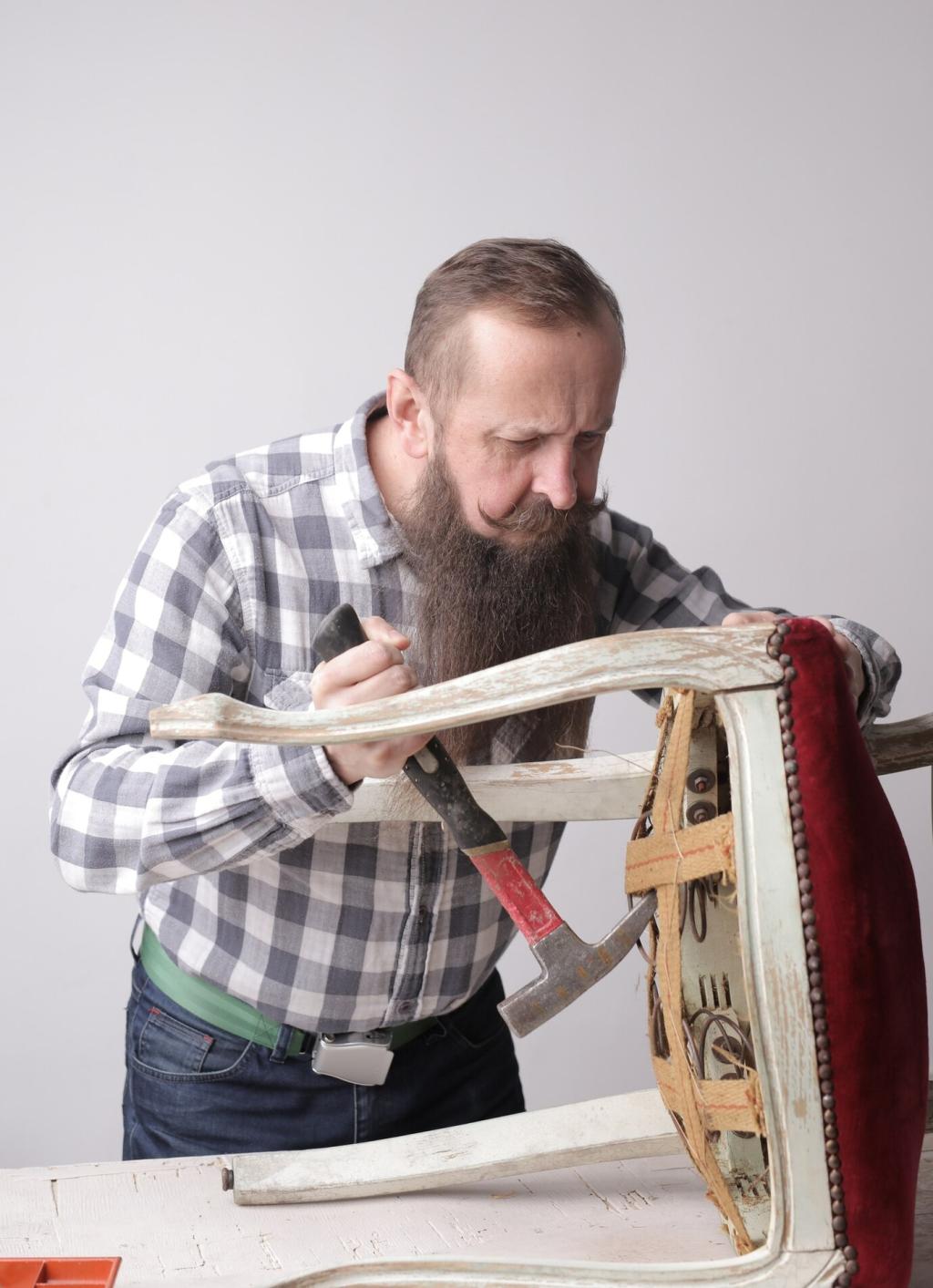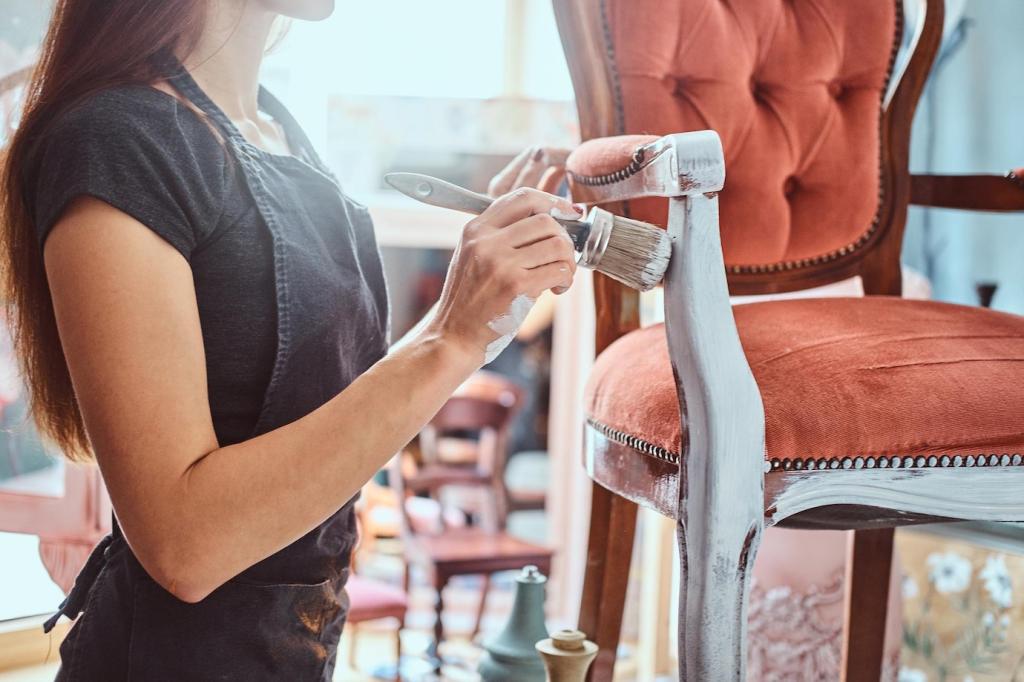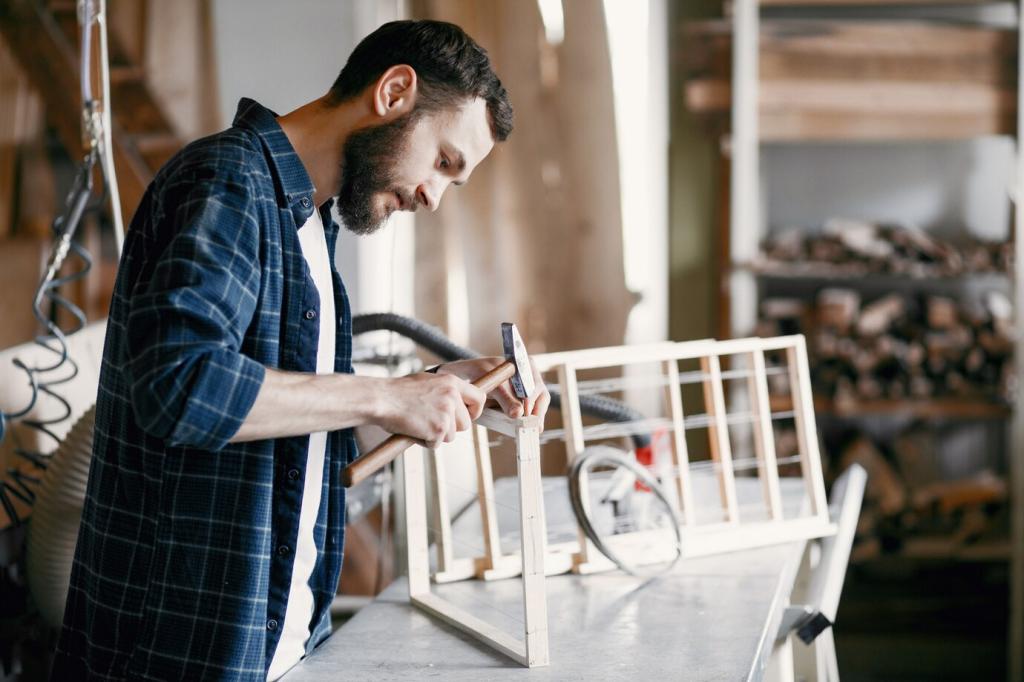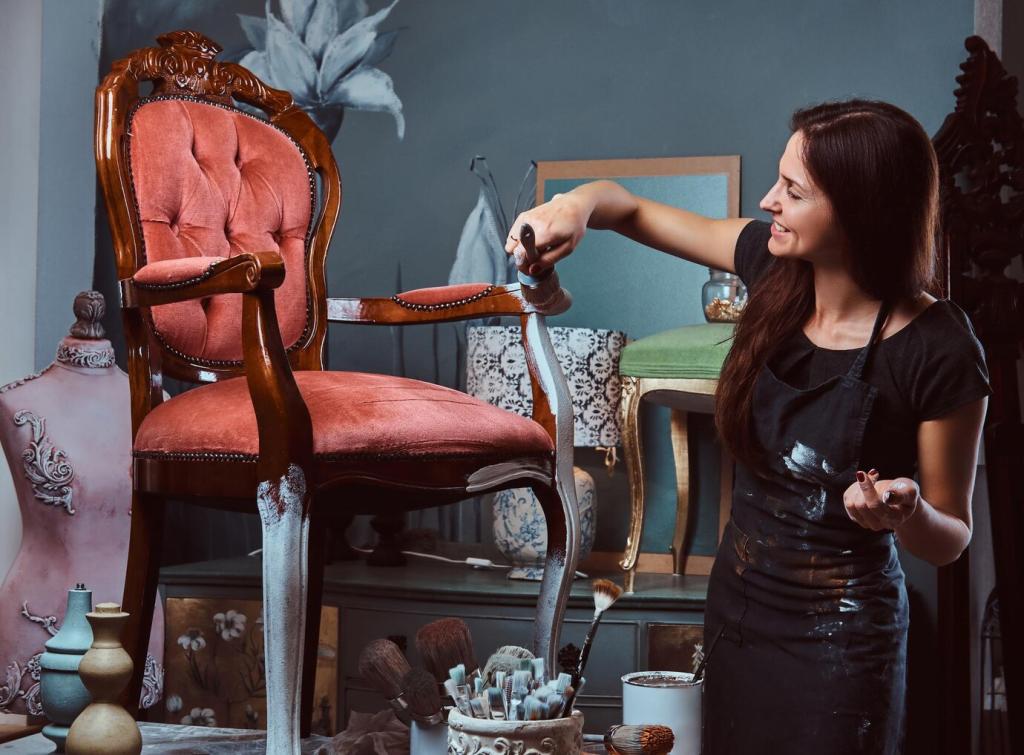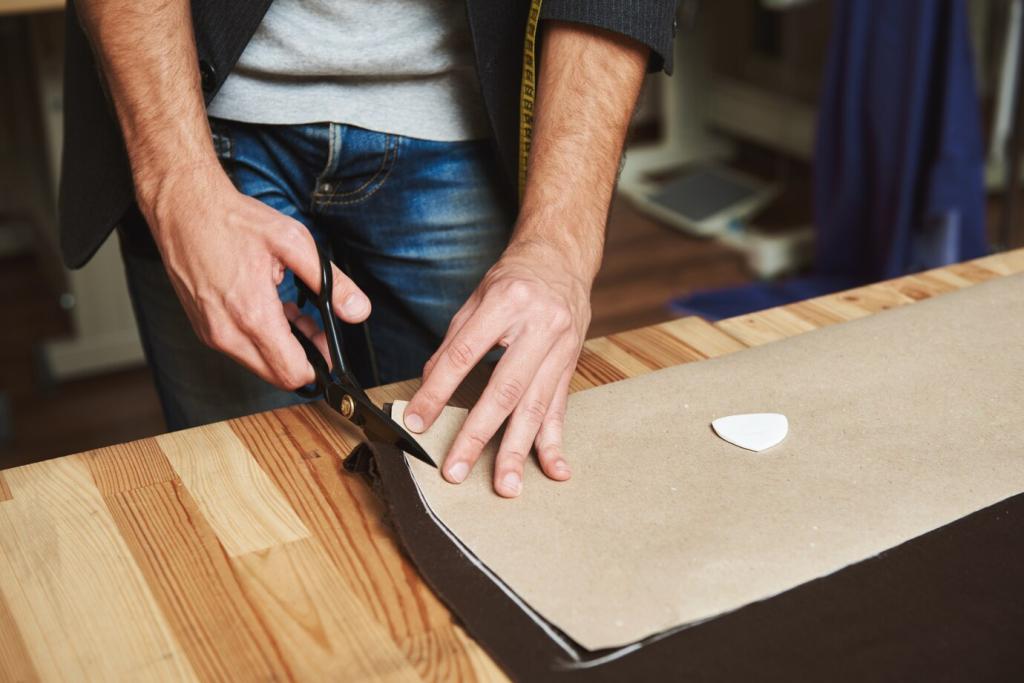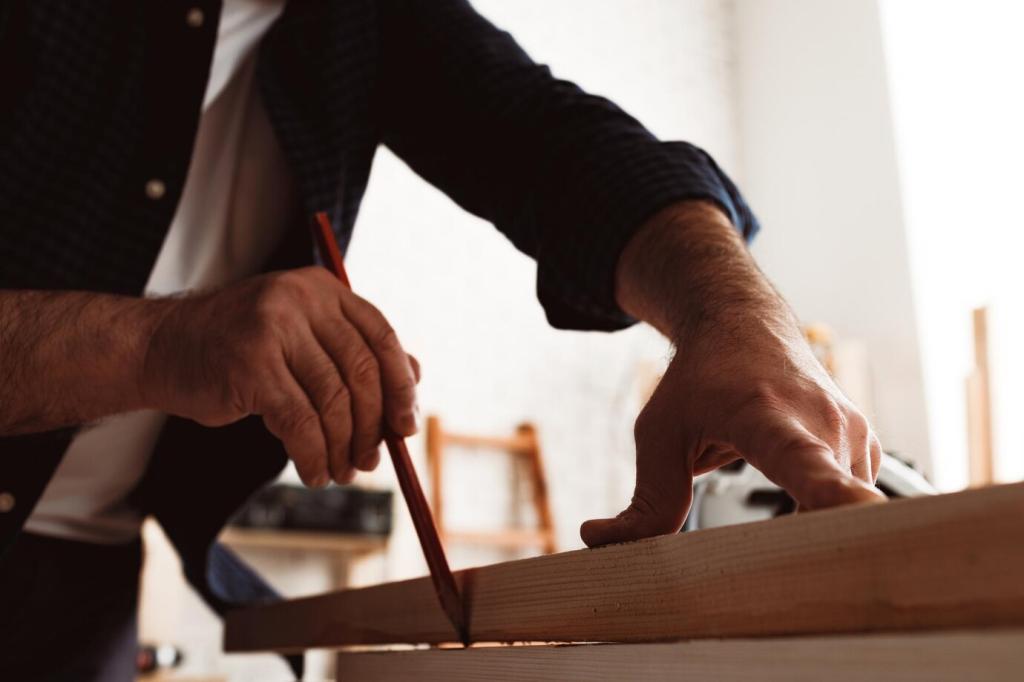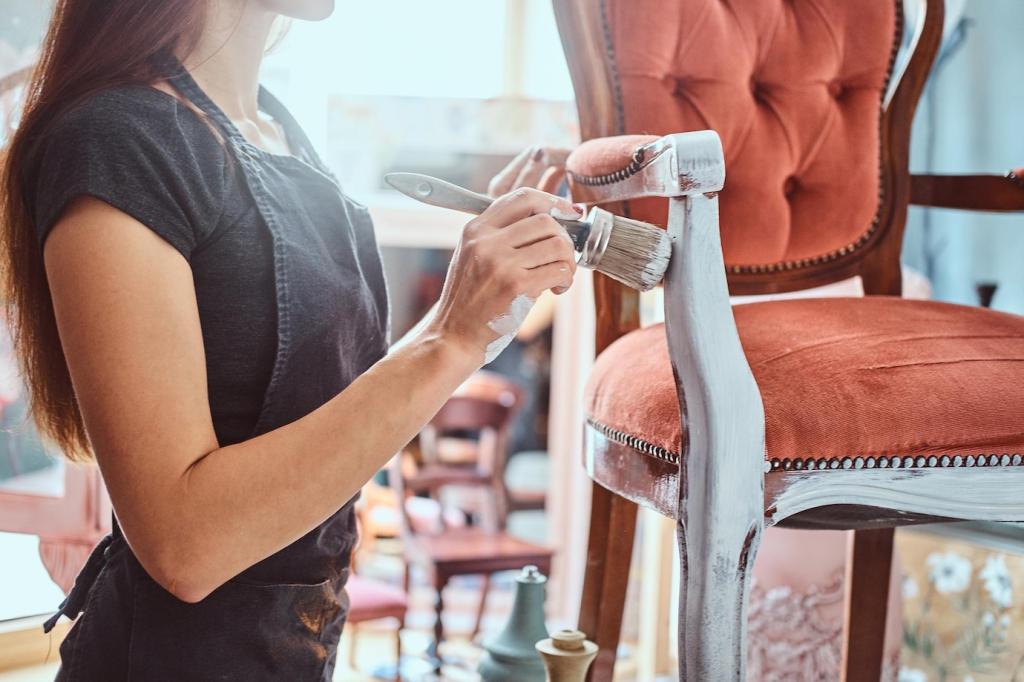Transport That Protects, Not Just Delivers
Choose a climate-controlled vehicle when possible. Avoid extreme heat or cold that stresses glue joints and finishes. Use data loggers for high-value pieces. What’s your route’s average humidity? We can suggest buffers and silica gel placement.
Transport That Protects, Not Just Delivers
Load heavier items low and centered, keep case pieces upright, and use soft straps over protective layers. Plan routes with fewer potholes and steep grades. Share your map, and we’ll recommend rest stops and safe parking strategies.

